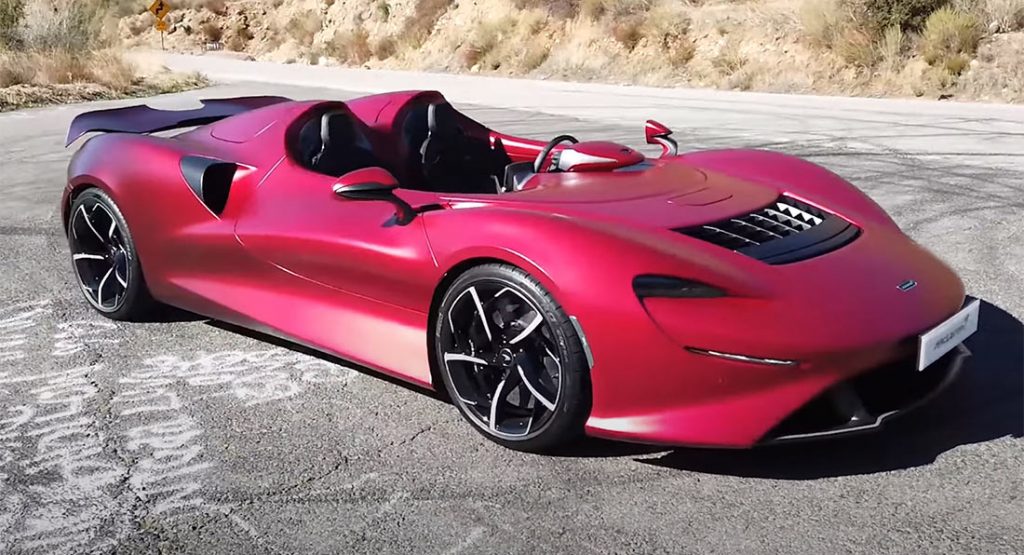Regardless of how you feel about the current crop of high-priced speedsters, it’s impossible to deny that the McLaren Elva is a stunning piece of automotive design. However, is it as good to drive as it is to look at?
Powering the Elva is a twin-turbocharged 4.0-liter V8 pumping out 804 hp and 590 lb-ft (800 Nm) of torque, meaning the car has more grunt than the extremely fast 765LT. What’s more, the Elva is lighter than the already featherweight Senna, meaning it weighs less than 1,198 kg (2,641 lbs) and, according to McLaren, hits 62 mph (100 km/h) in well under 3 seconds and 124 mph (200 km/h) in less than 6.7 seconds.
Watch Also: Is The McLaren Elva The Closest Thing To A Four-Wheeled Superbike?
Matt Farah from The Smoking Tire recently had the opportunity to put the Elva to the test on a canyon road, and while he wasn’t able to drive iyt on the track, a place where it shines, it’s clear that the Elva is much more than just a pretty face.
McLaren says it created the Elva to celebrate iconic race cars including the M1A, M1B, and M1C of the 1960s, but we suspect they were also looking to cash in on the demand for vehicles like these. Initially, the British automaker said it would have a production run of 399 examples and a starting price of $1,690,000. However, soon after the car’s launch, it said that production would be reduced to 249 examples. That figure was then cut for a second time in September 2020, meaning no more than 149 units will be manufactured.



